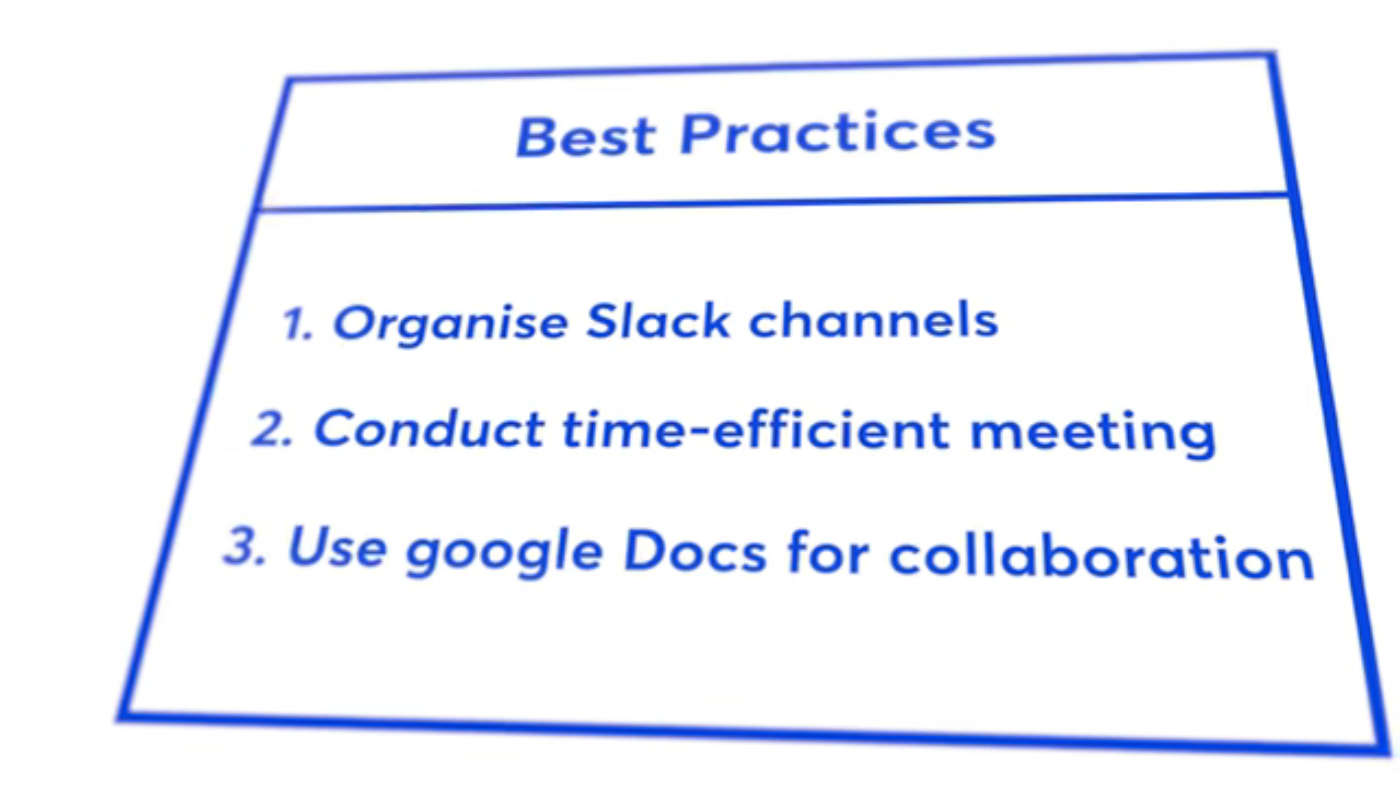Maximizing Remote Team Productivity with SaaS Tools
Welcome to the new era of work, where remote teams have become the norm. With the rise of remote work, companies are looking for ways to measure and maximize the productivity of their remote teams. In this article, we will explore how companies can use SaaS tools like Slack, Zoom, and Google Docs to track key performance metrics, quantify the ROI of remote work, and leverage data-driven strategies to optimize team collaboration and efficiency.
Introduction to Remote Work
This is the caption for the image Remote work has become a defining feature of modern business, offering flexibility and freedom. However, with this freedom comes the challenge of ensuring that remote teams remain productive and efficient.
The Importance of SaaS Tools
This is the caption for the image SaaS tools like Slack, Zoom, and Google Docs have become essential for remote team management. These tools provide the infrastructure needed for effective remote collaboration, allowing teams to communicate, collaborate, and track progress in a seamless and efficient manner.
Tracking Key Performance Metrics
This is the caption for the image To measure the productivity of remote teams, companies need to track key performance metrics such as attendance in Zoom meetings, output in Google Docs, and engagement in Slack. These metrics provide a comprehensive view of team performance and help identify areas for improvement.
Real-World Examples
This is the caption for the image Companies like Shopify and Doe have leveraged SaaS tools to measure and enhance remote work productivity. By using data-driven approaches to identify bottlenecks and implement solutions, these companies have seen significant productivity gains and improved collaboration.
Implementing Best Practices
This is the caption for the image To ensure remote teams remain productive, companies should implement best practices such as organizing Slack channels, conducting time-efficient Zoom meetings, and using Google Docs for collaborative project management.
Fostering a Data-Driven Culture
This is the caption for the image Fostering a data-driven culture is essential for sustaining the benefits of remote work. By understanding and tracking key productivity metrics using SaaS tools, companies can ensure that their remote work investment yields significant returns.
Conclusion
In conclusion, maximizing remote team productivity with SaaS tools requires a data-driven approach. By tracking key performance metrics, implementing best practices, and fostering a data-driven culture, companies can ensure that their remote teams remain productive and efficient. With the right tools and strategies, remote teams can thrive and drive business success.






